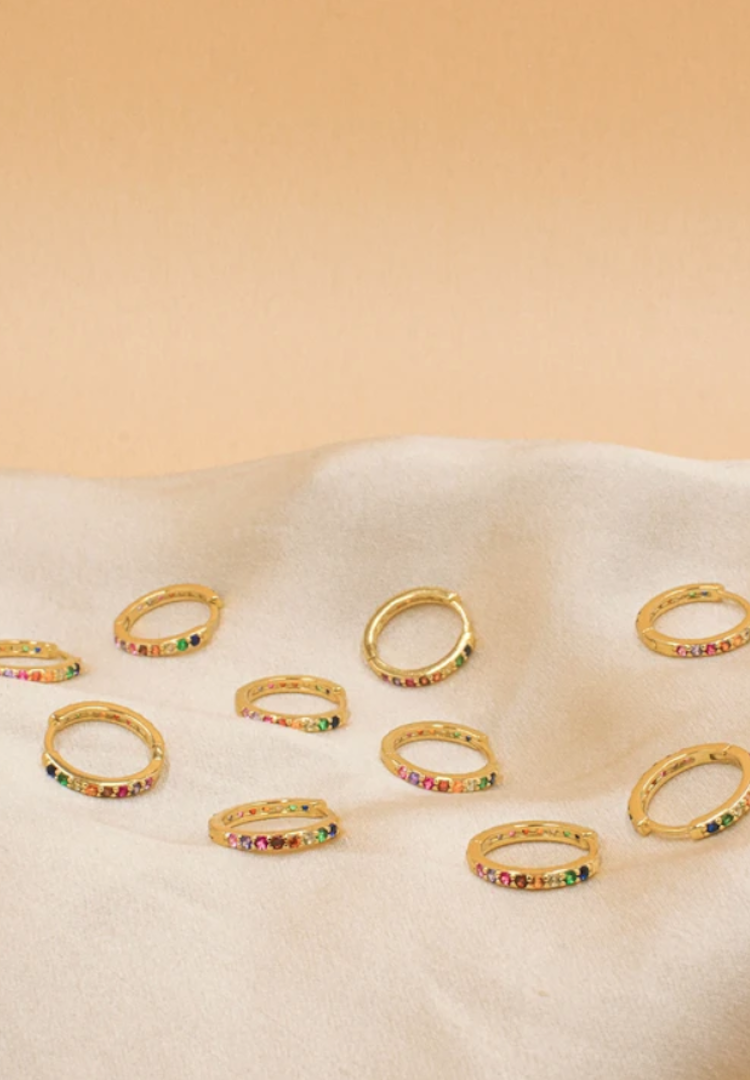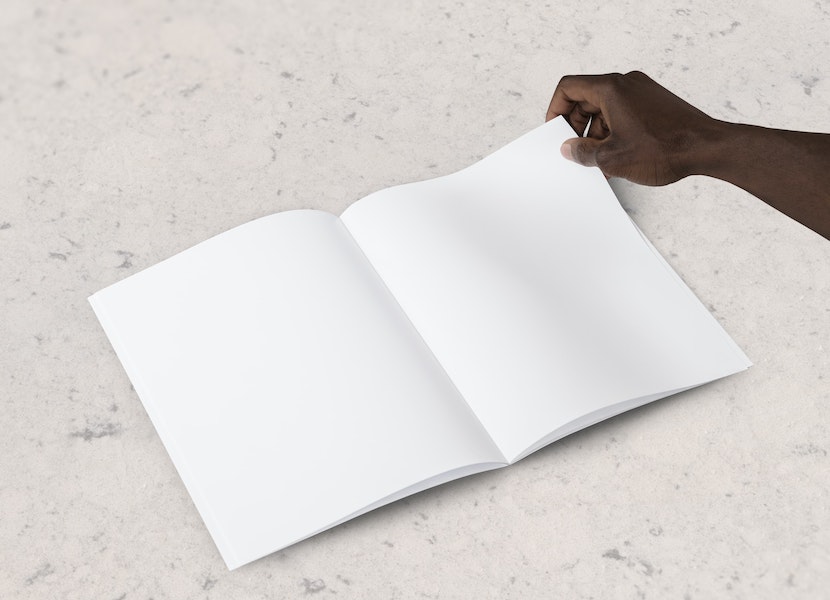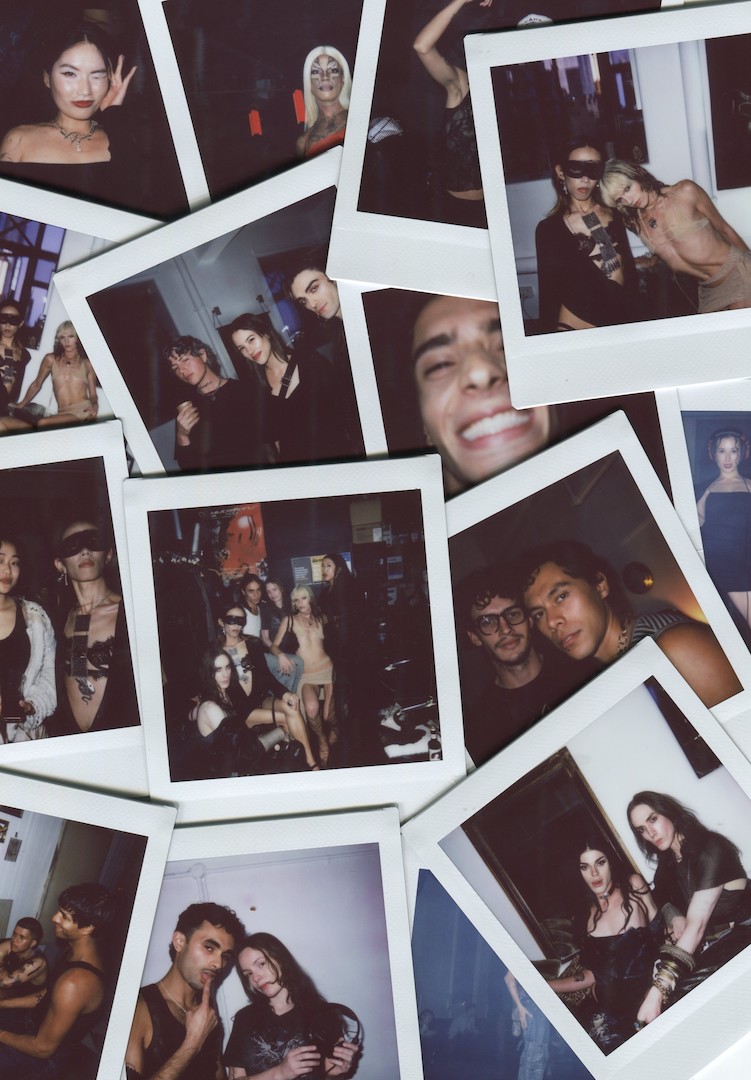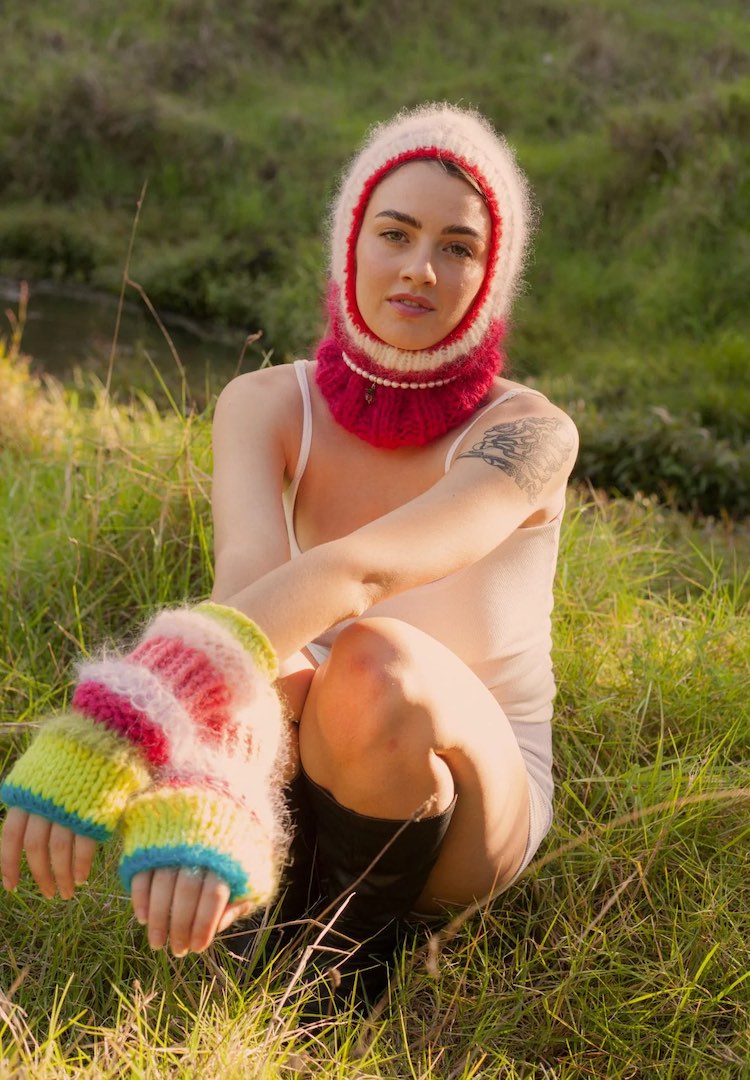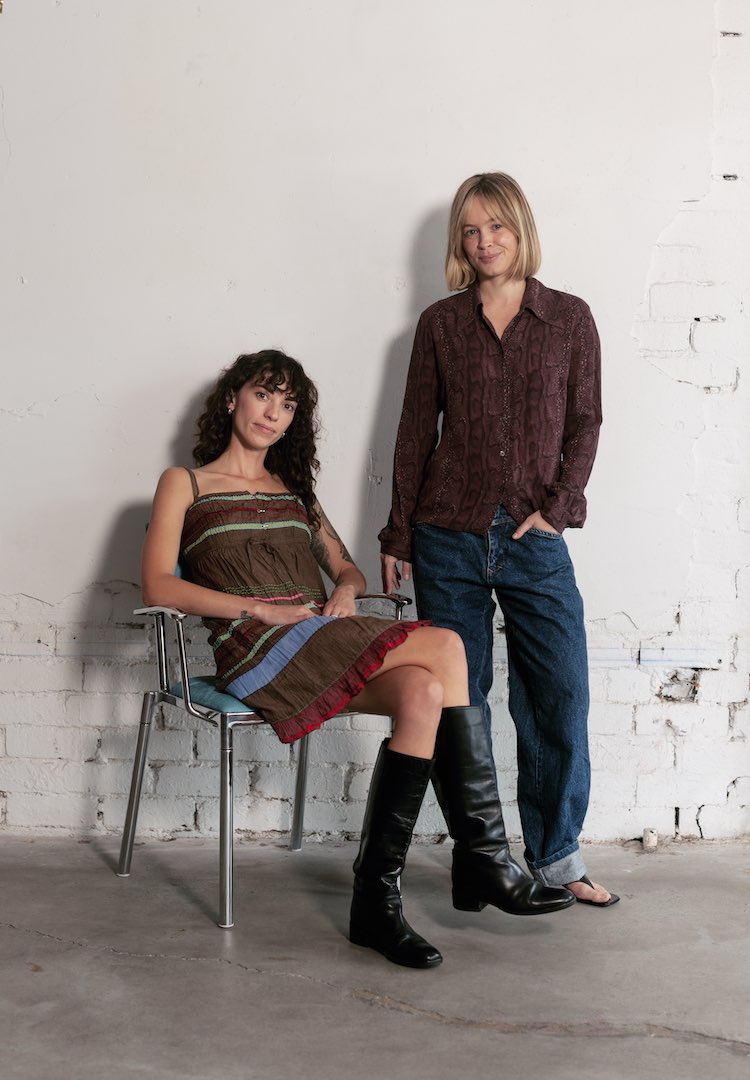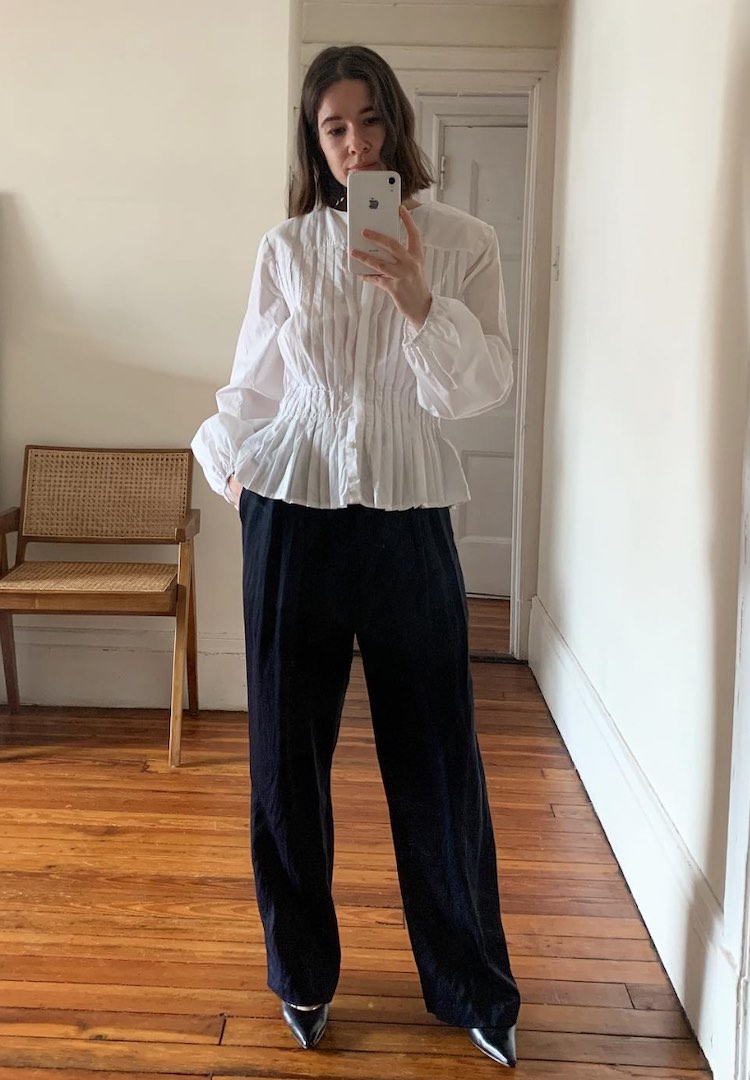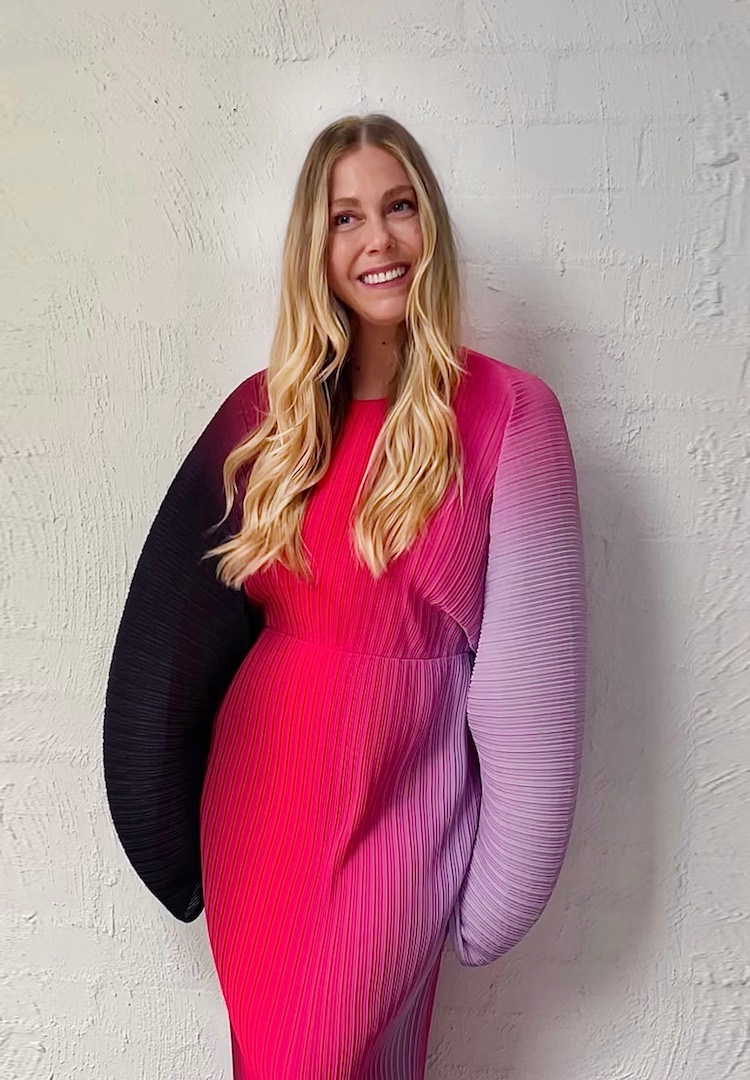6 Australian writers and editors on the future of the fashion magazine
WORDS BY GENEVIEVE PHELAN
“Covers matter. Those who appear on them are the ambassadors of beauty, success and commercial appeal.”
We recently got nostalgic with a crop of Australia and New Zealand’s fashion wordsmiths in this feature. As the writers, editors and content directors behind some of our country’s most cherished magazines, it makes sense that their views on the history of Australian glossies are romantic ones. So are mine.
But in eulogising those fashion magazines, I (and the editors of this publication) neglected to consider how they indelibly tainted and rewired the self-esteem and self-worth of many young womxn of colour in Australia. Womxn who have similar passions like writing, creating, curating and narrating. Once you take the rose-tinted glasses off, those lustrous-looking pages lose some of their charms.
While some of us felt so jolted alive and inspired by these shiny spreads, others felt alienated by their unrelentingly white perspectives. It’s hard to expect diversity to emanate from a magazine or media outlet when its storytellers are so homogenised. Not everyone has been celebrated, and that’s a real tragedy, one that I hope will stay mummified in the museum of Australian fashion magazines forever.
This month, Adut Akech is gracing the cover of Vogue Australia‘s ‘Unity’ issue, which inside features influential voices like Aretha Brown and Hanan Ibrahim, shot by creatives of their choosing, while the winners of the first Indigenous Fashion Awards are profiled in Marie Claire, alongside designs from other Indigenous creators, worn by iconic Australian models like Charlee Fraser and Billie-Jean Hamlet. While we’re missing bigger stacks of Australian publications on the newsstands, maybe less is more when the stories truly matter.
Today, we take two with some brilliant Australian BIPOC writers and editors. Has each womxn felt seen and represented in mainstream Australian glossies growing up? And, if not, how has this affected their self-image and their capacity to dream big for futures in an industry so heavily whitewashed?
Mon Barton, writer, author, photographer
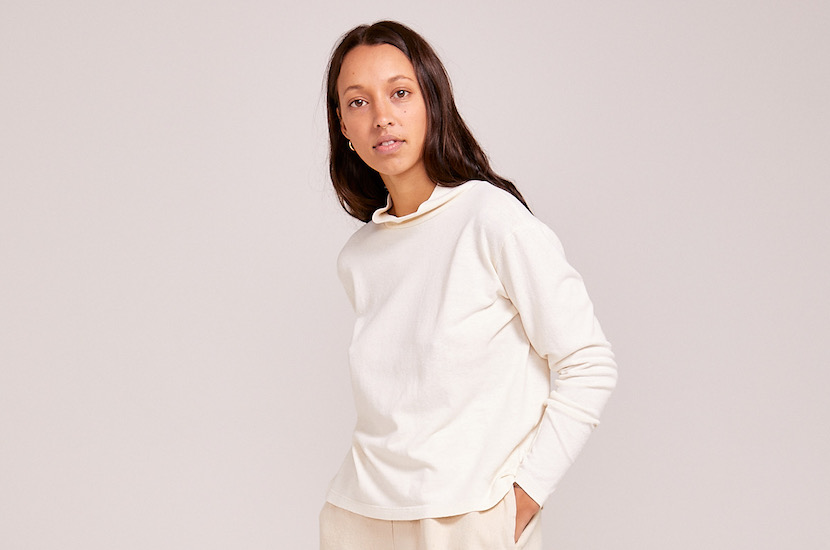
Growing up, did you feel seen and represented in mainstream Australian glossies?
To be honest, they always frustrated me because I so badly wanted them to synchronise with me and they never did. Reading mags was like smoking as a teen; I was just doing it to fit in when really, I didn’t even enjoy the experience. I would always beg my mum for the latest Dolly or Girlfriend just so I could read the (incredibly uninformative) sealed section and yet I never connected with any of the content. Also, barely seeing any mixed-raced teens in the beauty sections or any in any sections at all made me feel super alienated.
How did this affect you and your self-image or what you believed possible for yourself career-wise?
Having White, hetero women giving advice, sharing their ‘beauty tips’ and explaining their sexual experiences really pigeonholed my frame of mind. I began to look at the White women around me as more beautiful than I because that’s what defines beauty right? And also for a long time, these displays of ‘heroic’ hetero females really squished my sexual curiosity toward women because I never saw or heard or read other women being comfortably curious for the same sex, so I distorted my own cravings to suit.
What do you wish was done differently? And where to next for a better, more inclusive era of magazines?
Well, I think we’ve come a really long way and I’m so stoked about that. However, I feel that this is because I’m actively picking up more independent, inclusive publications instead of the glossies so in all honesty, I’d like to give mags like Dolly and Girlfriend the benefit of the doubt, but who knows if or how they’ve progressed. I’d really like these types of mags to start showcasing and celebrating ALL walks of life. From women with body hair and men in heels to BIPOC figures and non-binary folk, the youth need to be exposed to this and shown a new standard of beauty!
Who is a BIPOC writer or editor that has inspired you?
Ella Noah Bancroft. She is the salt of the earth. The way she displays nothing but transparency within every paragraph written and sentence spoken is one of the most empowering forms of expression and communication for me. She covers so many different realms throughout so many mediums, it’s kind of intimidating!
Sasha Sarago, editor and founder of Ascension
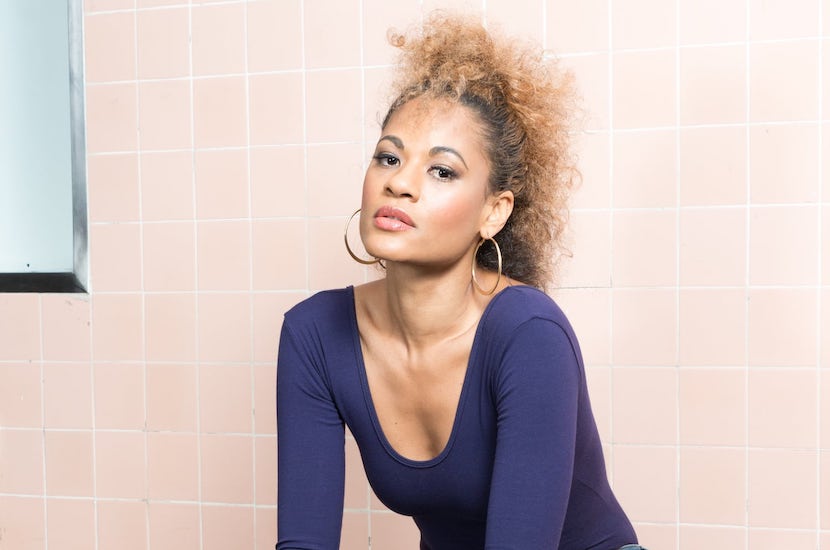
Growing up, did you feel seen and represented in mainstream Australian glossies?
No, I didn’t. That’s why I created Ascension – Australia’s first digital lifestyle platform for women of colour. I was tired of BIPOC’s exclusion from beauty, fashion and lifestyle. Growing up, all Australia had to offer a little Black girl was Dolly and Girlfriend. I eventually graduated to Cleo and Cosmopolitan. My refuge hitting adulthood was importing UK and US magazines Ebony and Essence to bask in Black affirmation. Unfortunately, back then, there was no First Nations fashion masthead. I do remember when Elaine George featured on the cover of Vogue Australia in 1993. I lost my mind. Seeing Elaine, the first Aboriginal cover girl in Vogue‘s history; in my young, naive mind I saw that as validation from Australia that Blak was beautiful.
How did this affect you and your self-image or what you believed possible for yourself career-wise?
My self-image was severely affected by the lack of diversity in Australian fashion and media. You know it’s a problem when you’re sitting in a plastic surgeon’s office at 19 seeking consultation to get a nose job because you hated your features. I had no idea I was conditioned by the mainstream to believe my beauty didn’t matter. The times I felt like I could achieve success was living in the US as a child. There was a plethora of imagery and narratives created for and celebrating Black beauty and talent. Coming back to Australia in the early ’90s there was nothing but two TV channels and Rage. My inspiration for a career in beauty and fashion came from seeing Naomi Campbell, Tyra Banks and Veronica Webb dominate international magazines and sashaying down runways. And working in the family business – my mother owned and operated Majal, the first Aboriginal beauty salon in my hometown.
What do you wish was done differently? And where to next for a better, more inclusive era of magazines?
We need to eliminate the constant conversations on diversity and inclusion and take action. The act of excluding BIPOC from fashion is racist and is a form of white supremacy. So, let’s fix this by:
- Seats at the table for BIPOC editors, writers, photographers, stylists, hair and makeup artists, talent, designers, videographers, creatives and consultants.
- BIPOC leadership, permanent roles and succession plans in the fashion industry.
- The First Nations Fashion Council is here; their voice and leadership are essential in reshaping the future of Australian fashion.
- Pay BIPOC creatives for their work/submissions.
- Offer upcoming BIPOC talent internships and industry opportunities.
- Invest in BIPOC owned and operated fashion and media platforms.
The BIPOC fashion industry deserves more than Instagram takeovers, sporadic 5-20 page features, silence, wash, rinse and repeat. We shouldn’t have to wait decades to see BIPOC grace covers or when racism rears its ugly head to feature in Australian glossies. The very act is tokenistic and insulting. BIPOC are the heart of fashion and culture all day, every day.
Who is a BIPOC writer or editor that has inspired you?
I have much admiration for Mercy Sang, editor of POCC Magazine. I adore the way she and her team embodies luxury, mystique and artistry and honours BIPOC by placing them in the centre of these narratives that you rarely see in our industry. Mercy’s signature style is fierce, elegant and timeless. I’d love to spend a day in the life of Mercy Sang. Another BIPOC editor is Elaine Welteroth. Given the departure of numerous print publications and our issue with diversity, Australian fashion can take a few notes from Ms Welteroth’s legacy. Elaine is an inspiration because she was the first Black beauty director at Teen Vogue, then editor-in-chief, [and because of] the way Elaine and co-brand leaders Marie Suter and Phillip Picardi revolutionised Teen Vogue‘s content and brand to its multifaceted audience is legendary. Elaine shifted the taboo around diversity, truth-telling and editorial leadership.
Maeva Heim, founder of Bread Beauty Supply
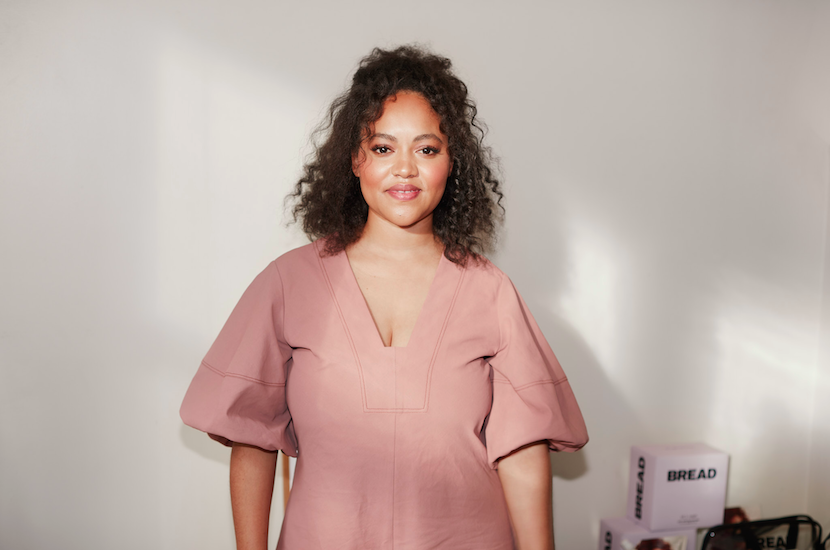
Growing up, did you feel seen and represented in mainstream Australian glossies?
Definitely not. However, that didn’t stop me from being a Dolly magazine obsessive in my teens. Funnily enough, I actually featured in a page of Dolly after I had auditioned for a role on Neighbours as part of Dolly competition. It was probably one of the only times I saw someone like me actually gracing those pages.
How did this affect you and your self-image or what you believed possible for yourself career-wise?
I think despite not seeing myself represented in these spaces, I feel almost lucky that I was essentially completely naive about how the colour of my skin could affect the way people see me and impact my life and career prospects. It sounds counterintuitive, but when you grow up in a mostly White neighbourhood, and mostly White school, and you are the only ‘other’, you actually don’t quite notice that you’re different. You are a child. Being the ‘other’ is the only lived experience that you know.
You don’t think about the fact that everyone else’s experience is vastly different from yours. You don’t realise that your friends aren’t followed around shops because the staff think you might be stealing. You don’t notice that people make incorrect assumptions about you just by looking at you. You assume that your lived experience is the experience. I also had very supportive parents who instilled a completely delusional sense of confidence in me that ended up serving me well – I assumed I could do absolutely anything. And whilst I don’t deny that I faced barriers specific to my skin colour, I assumed everyone else faced these barriers too, so I kept going, and kept setting lofty expectations for myself.
What do you wish was done differently? And where to next for a better, more inclusive era of magazines?
These magazines offered a space to represent people in so many different and positive ways. I wish then, and now, that more people of colour would be represented in ways that celebrate them in non-standard and stereotypical ways. We need to move to a place where people of colour aren’t just called about to talk about diversity but to talk about their interests and endeavours in a way that doesn’t require centring their ethnicity or race as the focal point.
Who is a BIPOC writer or editor that has inspired you?
Elaine Welteroth, former EIC of Teen Vogue is definitely up there. I met her when she came to Sydney in 2018 and kept in touch ever since. Thanks to Elaine, I ended up attending the very first Teen Vogue conference at the end of 2018, where I met a Sephora USA executive who ended up getting me a meeting with the Sephora hair care buyers. That meeting ultimately led to me securing a launch contract with Sephora USA to launch my haircare brand. She’s the true definition of a maverick, and someone who walks her talk of supporting women of colour.
Mukisa Mbunsu, content creator
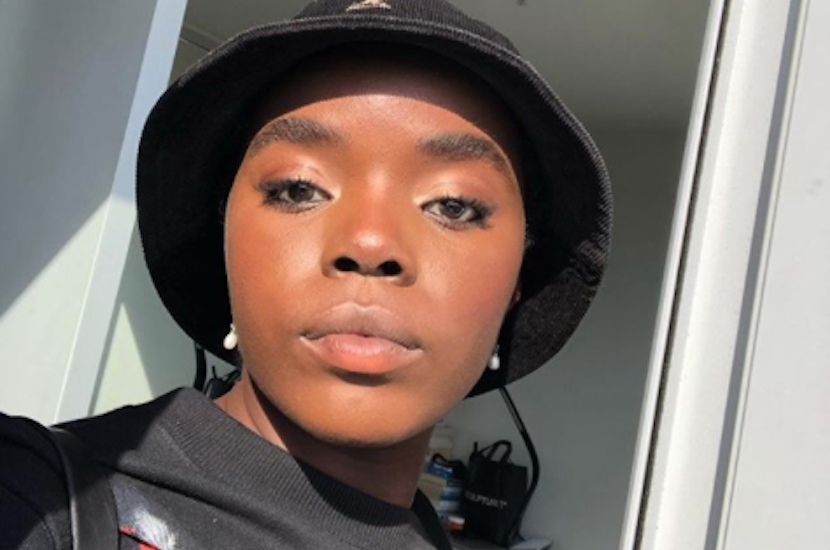
Growing up, did you feel seen and represented in Australian magazines?
In hindsight, no. I grew up reading magazines such as Girlfriend, Dolly and Teen Vogue which had little to no representation. As I matured and shifted to magazines like Elle, Harper’s Bazaar, Vogue, InStyle etc, it was apparent that magazines are still incredibly White and middle class. It was always uncommon to pick up a magazine and see someone that resembled the slightest bit to me. The mainstream magazines are a little better than they used to be. Over the years magazine editors have proved their ability to shape perception as much as to reflect outside the normal.
How did this affect you and your self-image or what you believed possible for yourself career-wise?
By the time I was 12, I had adapted to this mindset where I strongly believed if it wasn’t in a magazine, then there must be something extremely wrong with it. And I had to accept that a lot of things would never be socially acceptable, whether it’s seeing an African girl on the cover of a magazine or the LGBTQIA+ community being properly represented. As a Black queer woman this not only affected my self-image but also my self-love and worth. I never once imagined it was possible to pursue a career in modelling due to the lack of representation and history of BIPOC not being heard within the fashion industry.
However, change inside the magazines is one I have noticed, and one that would have gone a long way towards alleviating my own anxiety, had it been the case when I was a young magazine reader. It took me years before coming to the conclusion that I’d be part of the change I want to see. But covers matter. Those who appear on them are the ambassadors of beauty, success and commercial appeal. For those who scan magazine racks, the impression of whose faces are projected out onto a shop floor has a visceral impact, and the choices of whose faces are reverberated, influencing others. There’s a danger, too, that diversifying the models inside magazines while the covers remain white sends a new message of hierarchical beauty standards, suggesting women of colour have their place, and it’s not on the cover.
What do you wish was done differently? And where to next for a better, more inclusive era of magazines?
From the beginning, magazines should’ve tried harder to cater to BIPOC instead of constantly favouring western cultures/people. Today’s creatives are so switched on it’s crazy; it’s a blessing to be able to see this shift and the changes being made in magazines to not only cater to one specific group but especially BIPOC. The next era of new age magazines will be immaculate, it will be inclusive, diverse, accepting, everything it should’ve been from the first print of Australian magazines. If my teenage experience is anything to go by, the images magazines choose to place on their covers are incredibly influential, not just reflecting trends and celebrities in other industries, but setting them. When it comes to representation of people of colour, it is a responsibility, and an opportunity, that they could do much more to harness.
Who is a BIPOC writer or editor that has inspired you?
I came across Flex Mami on Instagram and instantly fell in love with how vocal she is regarding various issues that need to be addressed in the media. From orgasms to racism, Flex uses her platform to open a dialogue and creates a safe space for people to join in the conversation. To me, she is a positive representation of beauty and art. It’s unfortunate that Black women aren’t always seen and represented in magazines and mainstream media, however, Flex is a voice that demands to be heard for all the right reasons.
Tariro Lisa Mukando, writer, copywriter and creative director
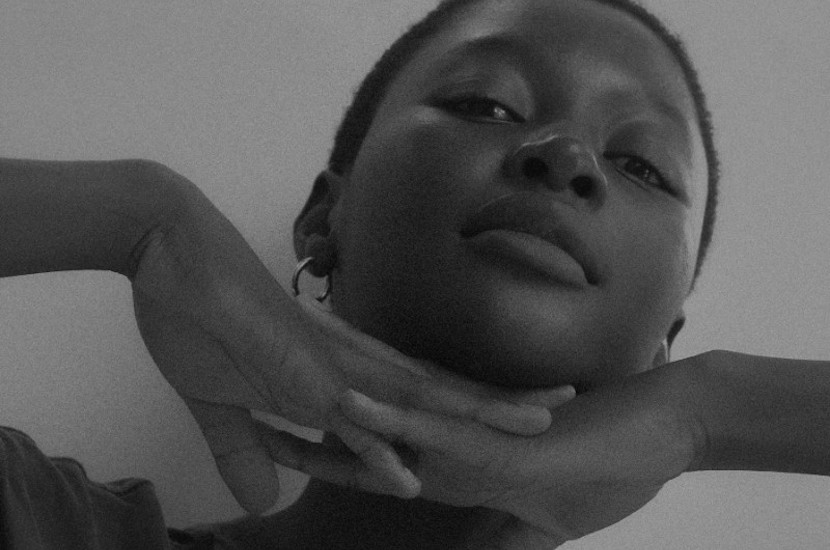
Growing up, did you feel seen and represented in mainstream Australian glossies?
I didn’t feel seen or represented at all. I rarely saw women who looked like me or encountered the same issues as me (i.e. experienced bullying at school for bringing in cultural food, having an uncommon name, etc) in Australian glossies. I still purchased them religiously as a teenager but I was resigned to the fact that I’d probably never see anyone who looked like me in them and if they were featured they’d be on one page out of 100+ or in something related to athleticism.
How did this affect you and your self-image or what you believed possible for yourself career-wise?
It made me feel invisible. Of course, I knew I existed but the lack of representation made it feel like people like me weren’t “good” (read: beautiful, interesting, photographable, etc) enough to be included or to even write the content. It was a very alienating experience flicking through a teen glossy with my non-Black, primarily White, friend group and seeing people that looked like them but not like me. On the rare occasion that a Black girl was featured, my friends made a point to mention it and that compounded the feelings I felt because it meant they had noticed too.
What do you wish was done differently? And where to next for a better, more inclusive era of magazines?
I think it’s important for everyone involved in a publication to look outside of their immediate circle (if their circle isn’t inclusive or diverse). Show the diverse reality of the city and country you’re from. There were a handful of Sydney-based glossies I’d read and they completely ignored Sydney’s diversity and primarily featured thin White girls in every issue. Social media and the internet have meant that if people don’t like a publication they can start their own or find another that caters to their needs. A lack of diversity can’t be ignored and people will either call you out or spend their money on another publication that acknowledges and celebrates their existence. People should be proactive and shouldn’t wait for their publication to get called out before including a few BIPOC people in editorials that are vaguely about ‘the world’ or ‘Out of Africa’.
Who is a BIPOC writer or editor that has inspired you?
Zadie Smith! I read an article by her titled, ‘The House That Hova Built’ years ago and was instantly moved by her writing. I’m in awe of the way she writes and her diverse catalogue of content.
Bridget Caldwell-Bright, writer and editor
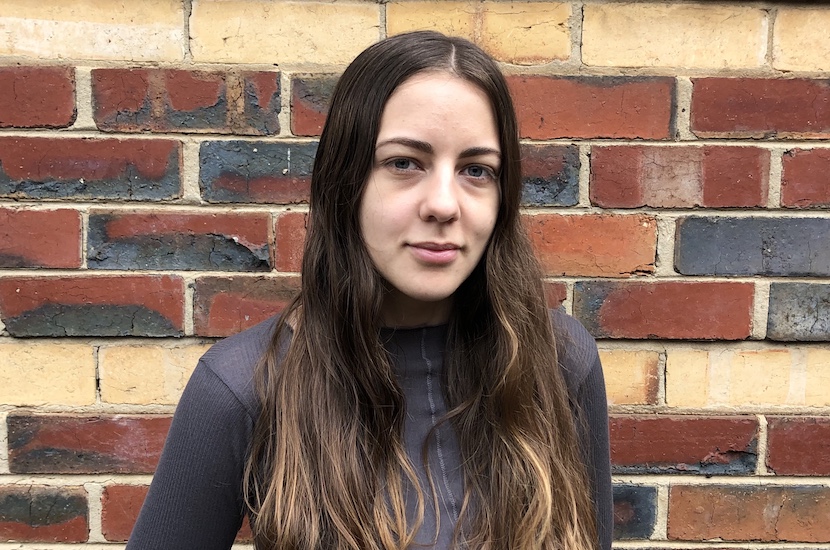
Growing up, did you feel seen and represented in mainstream Australian glossies?
I spent my most vulnerable teenage years reading certain magazines religiously, I still have so many back copies of Russh and Oyster that I can’t bear to part with. But I wouldn’t say my interest in those journals sat within the context of identifying with the representation that was in their pages. For me, seeing the closure of so many magazines was bittersweet. I didn’t necessarily feel like it was a personal loss like so many did, but more a chance to steer the course in a different direction and clearing the space for a new generation of diverse creatives. I think print will always be an important aspect of the wider arts, and of course, in that aspect seeing so many publications lose this was a blow, but I think it’s important to think critically about what this now means in terms of future direction for the sector.
How did this affect you and your self-image or what you believed possible for yourself career-wise?
I think as Blak women we have to work a little bit harder to reach our dreams, especially in certain sectors. I’m lucky to have been surrounded by people that have backed me and supported me throughout the earliest stages of my career, I know I am so lucky to be genuinely working my dream job, but I definitely acknowledge that I didn’t get here on my own either, so I owe a lot to the support around me.
What do you wish was done differently? And where to next for a better, more inclusive era of magazines?
I think we’re definitely seeing a shift in the voices heard in mainstream magazines now – the latest Vogue ‘Unity’ edition for example, which showcases prominent Indigenous voices in their ‘Raising Voices’ piece. As well as Marie Claire having profiled the family and story of Aunty Tanya Day among other Indigenous deaths in custody. I think there is a shift in the stories that are being told and what is considered ‘mainstream’ now, which is really exciting.
Who is a BIPOC writer or editor that has inspired you?
All my inspiration definitely comes from other Blak women and non-binary artists, writers, academics and creatives. I think the beauty of being in a position like mine is being able to share and elevate community experiences and stories, that’s why I do what I do. Success for me means being able to share in this way, and I think that if you’re not doing that, you’re missing a really big part of what it means to be inspired.

